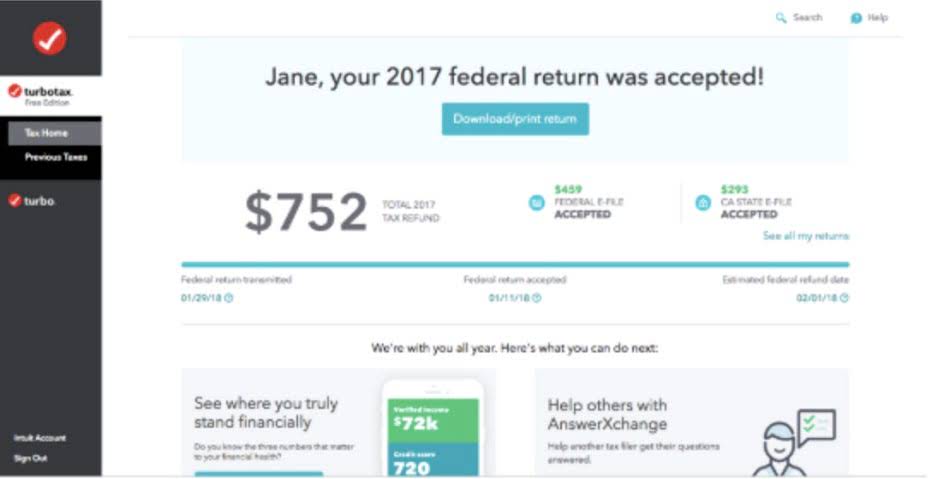
Balance sheet accounts are assets, liabilities, and stockholders’ equity accounts, since they appear on a balance sheet. The second rule tells us that cash can never be in an adjusting entry. This is true because paying or receiving cash triggers a journal entry. This means that every transaction with cash will be recorded at the time of the exchange. We will not get to the adjusting entries and have cash paid or received which has not already been recorded.
Enter adjusting entries in the general journal
The correct balance should be the cumulative amount of depreciation from the time that the equipment was acquired through the date of the balance sheet. A review indicates that as of December 31 the accumulated amount of depreciation should be $9,000. Therefore the account Accumulated Depreciation – Equipment will need to have an ending balance of $9,000. The income statement account that is pertinent to this adjusting entry and which will be debited for $1,500 is Depreciation Expense – Equipment.

( . Adjusting entries for accruing unpaid expenses:
- Mr. Santos did not record the one-year insurance he paid in cash on December 1 worth P12,000 covering 12 month period from December 1, 2011 to November 30, 2012.
- It is unusual that the amount shown for each of these accounts is the same.
- Uncollected revenue is revenue that is earned during a period but not collected during that period.
- On the December 31 balance sheet the company must report that it owes $25 as of December 31 for interest.
- This is posted to the Accumulated Depreciation–Equipment T-account on the credit side (right side).
- Suppose a typical payroll week starts on the June 27 and ends the following month on July 3.
This will be discussed later when we prepare adjusting journal entries. During the accounting period, the office supplies are used up and as they are used they become an expense. When office supplies are bought and used, an adjusting entry is made to debit office supply expenses and credit prepaid office supplies. Adjusting entries are a crucial part of the accounting process and are usually made on the last day of an accounting period. They are made so that financial statements reflect the revenues earned and expenses incurred during the accounting period.
Cash Management

Examples include cash, investments, accounts receivable, inventory, supplies, land, buildings, equipment, and vehicles. A visual aid used by accountants to illustrate a journal entry’s effect on the general ledger accounts. Debit amounts are entered on contra asset account the left side of the “T” and credit amounts are entered on the right side. Under accrual accounting an item has been “earned” and is reported as revenue when a service has been performed or the ownership to a product has been transferred from the seller to the buyer (not when cash is received).
Similarly for unearned revenues, the company would record how much of the revenue was earned during the period. Adjusting entries directly affect the accuracy and reliability of financial statements, reflecting an organization’s true financial condition. Unearned revenues refer to payments received for goods to be delivered in the future or services to be performed. In this case, the company would make an adjusting entry debiting unearned revenue and crediting revenue account. Thus, adjusting entries help you keep your accounts updated before they are summarized into the financial statements.

Such expenses are recorded by making an adjusting entry at the end of the accounting period. Expenses are deferred to a balance sheet asset account until the expenses are used up, expired, or matched with revenues. At that time they will be moved to an expense on the income statement. The amount of insurance that was incurred/used up/expired during the period of time appearing in the heading of the income statement. The amount of insurance premiums that have not yet expired should be reported in the current asset account Prepaid Insurance. Insurance Expense, Wages Expense, Advertising Expense, Interest Expense are expenses matched with the period of time in the heading of the income statement.

Mastering Adjusting Entries: 51 Essential Accounting Problems & Solutions
You should consider our adjusting entries examples and solutions materials to be an introduction to selected accounting and bookkeeping topics (with complexities likely omitted). We focus on financial statement reporting and do not discuss how that differs from income tax reporting. Therefore, you should always consult with accounting and tax professionals for assistance with your specific circumstances. The $1,500 balance in Wages Payable is the true amount not yet paid to employees for their work through December 31. The $13,420 of Wages Expense is the total of the wages used by the company through December 31.

In essence, the R2R solution not only automates tasks but fundamentally reshapes how organizations approach and execute their accounting processes, driving efficiency and accuracy to new heights. Chartered accountant Michael Brown is the founder and CEO of Double Entry Bookkeeping. He has worked as an accountant Airbnb Accounting and Bookkeeping and consultant for more than 25 years and has built financial models for all types of industries.
